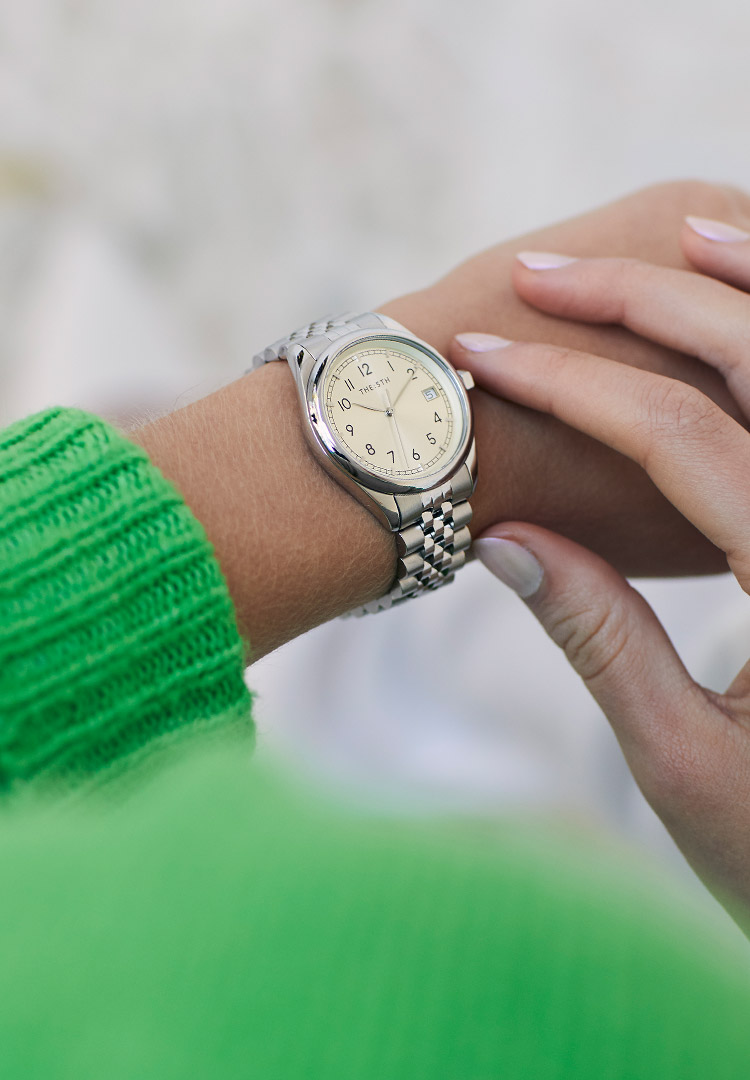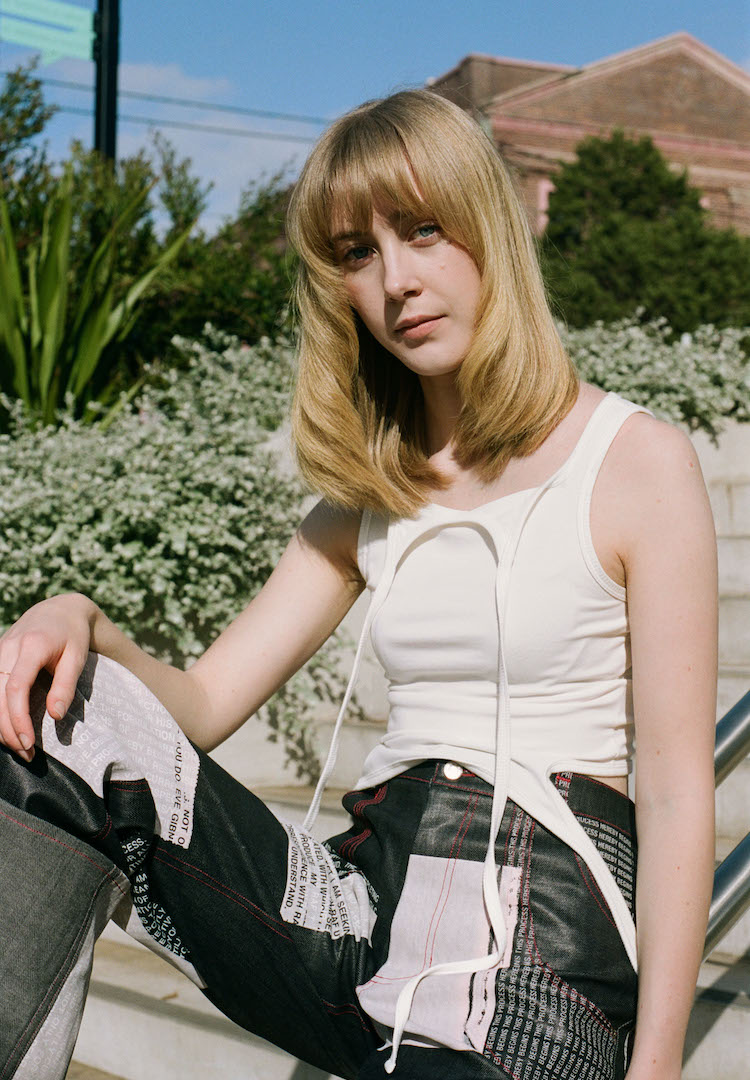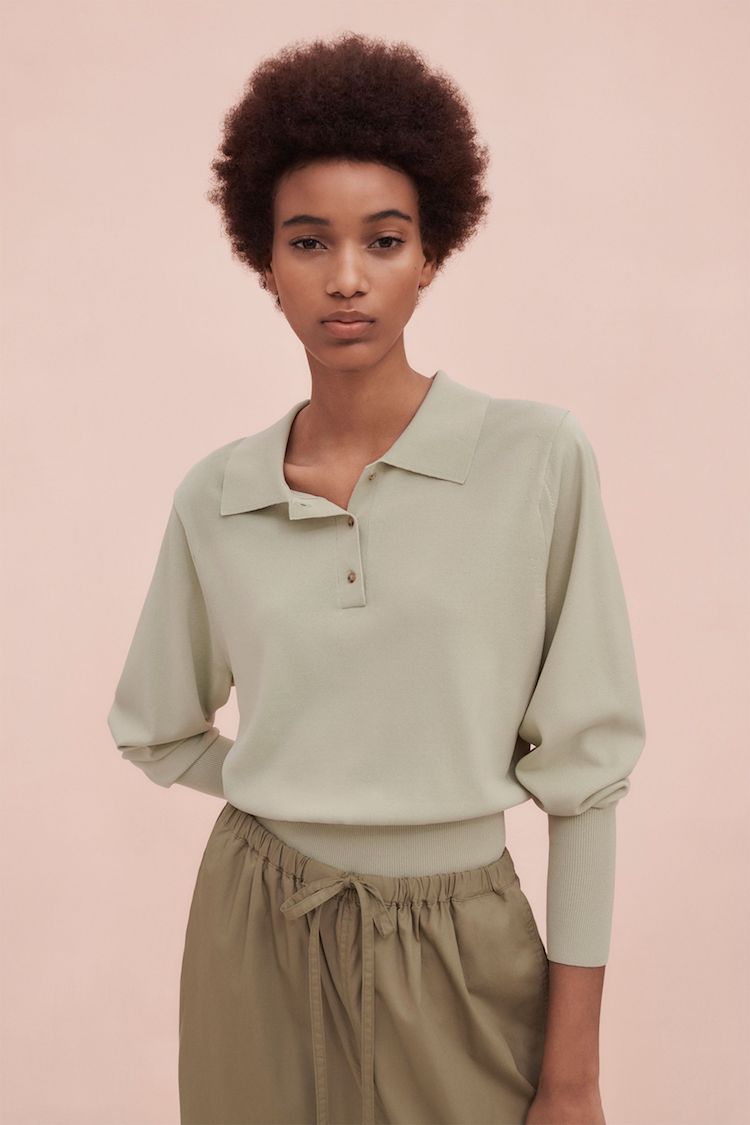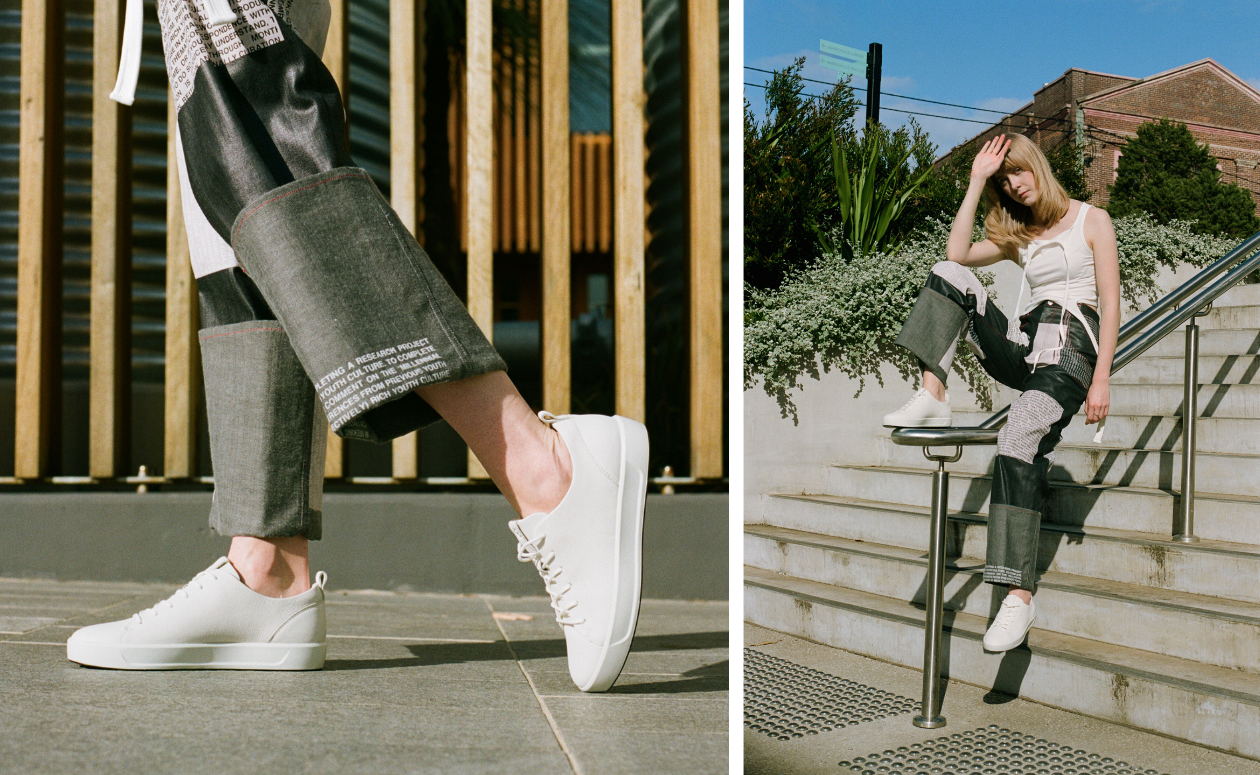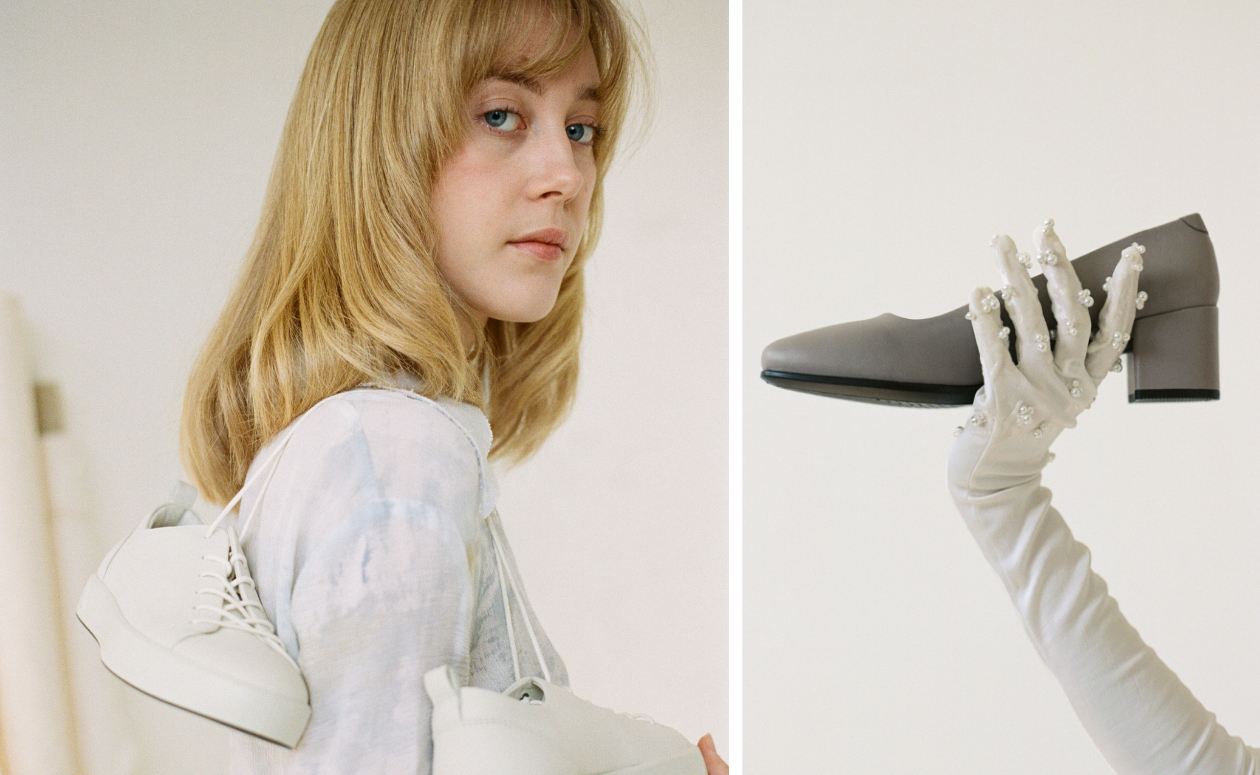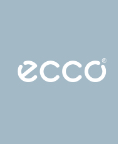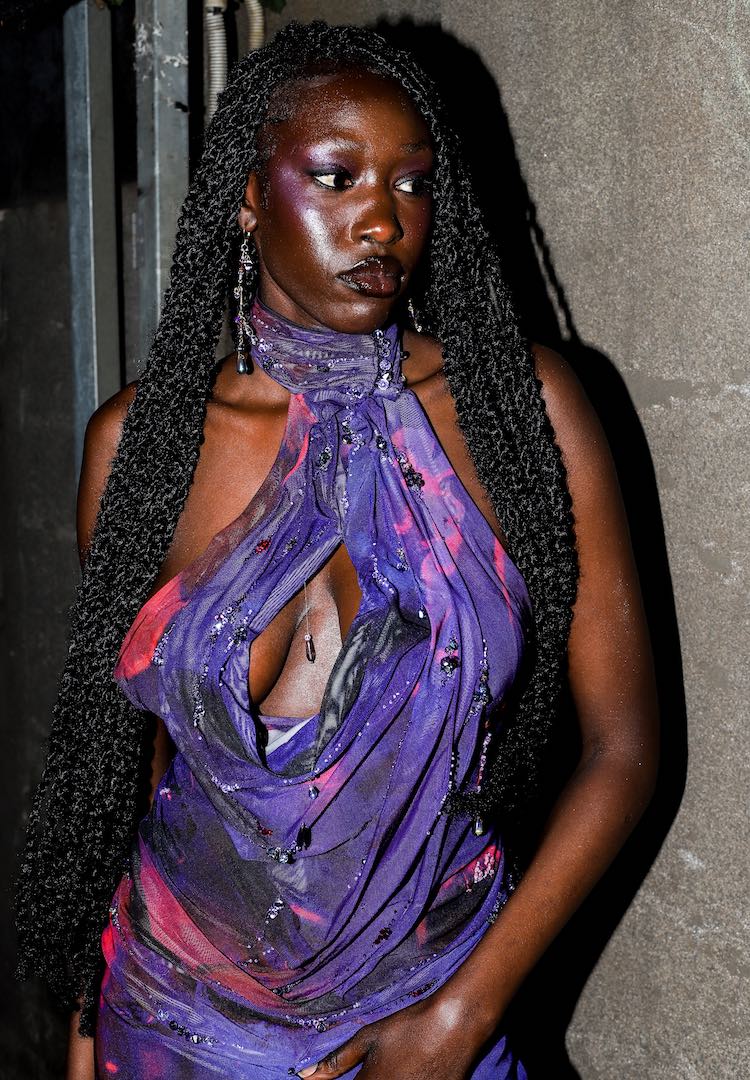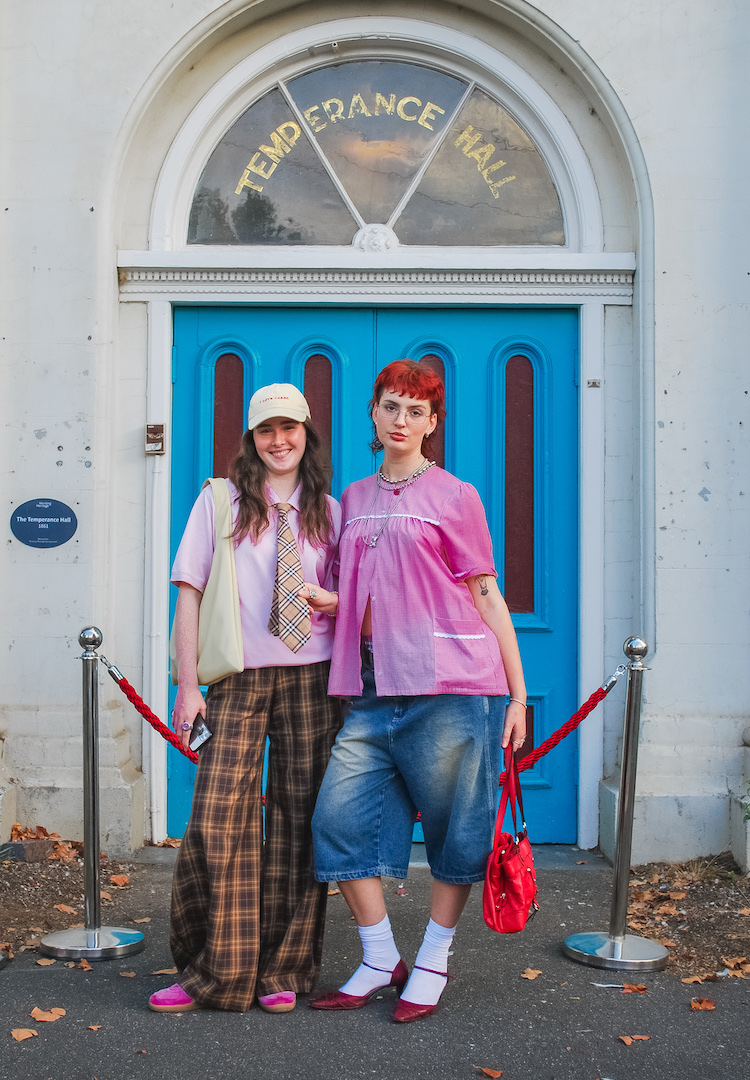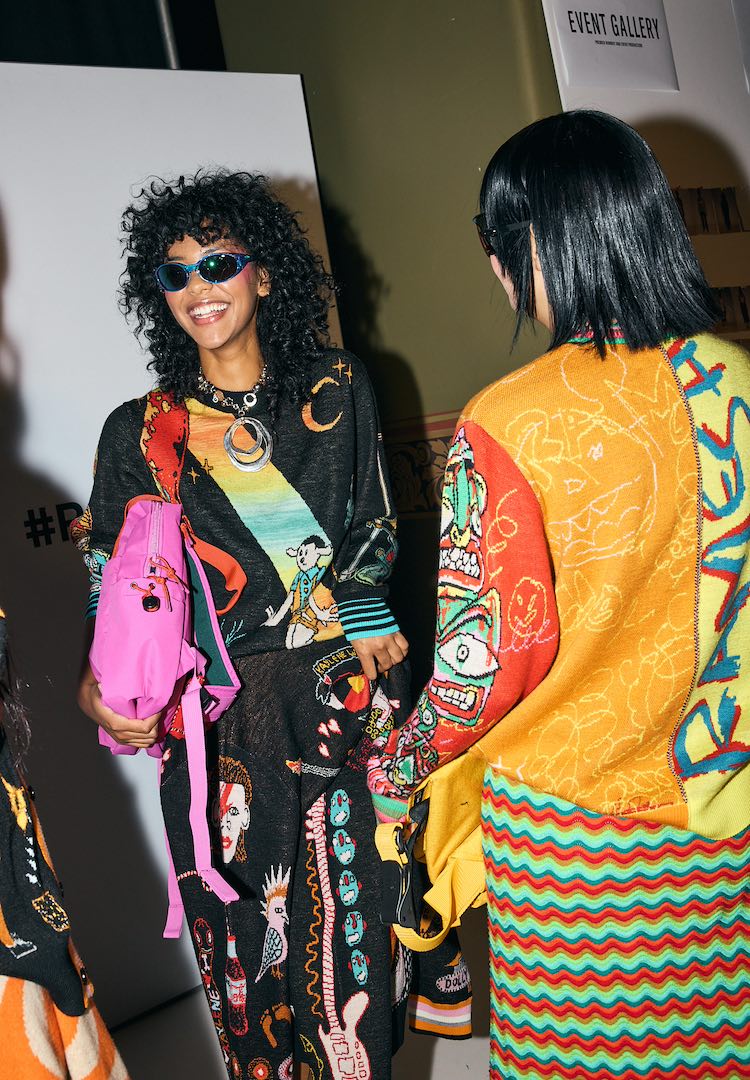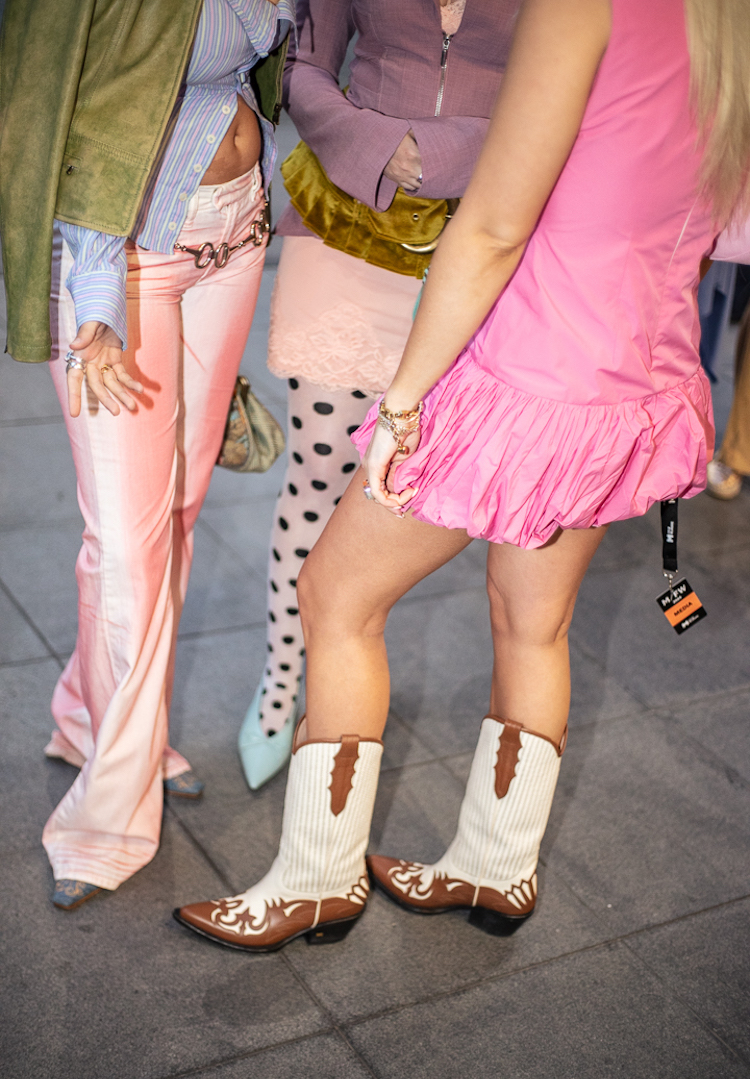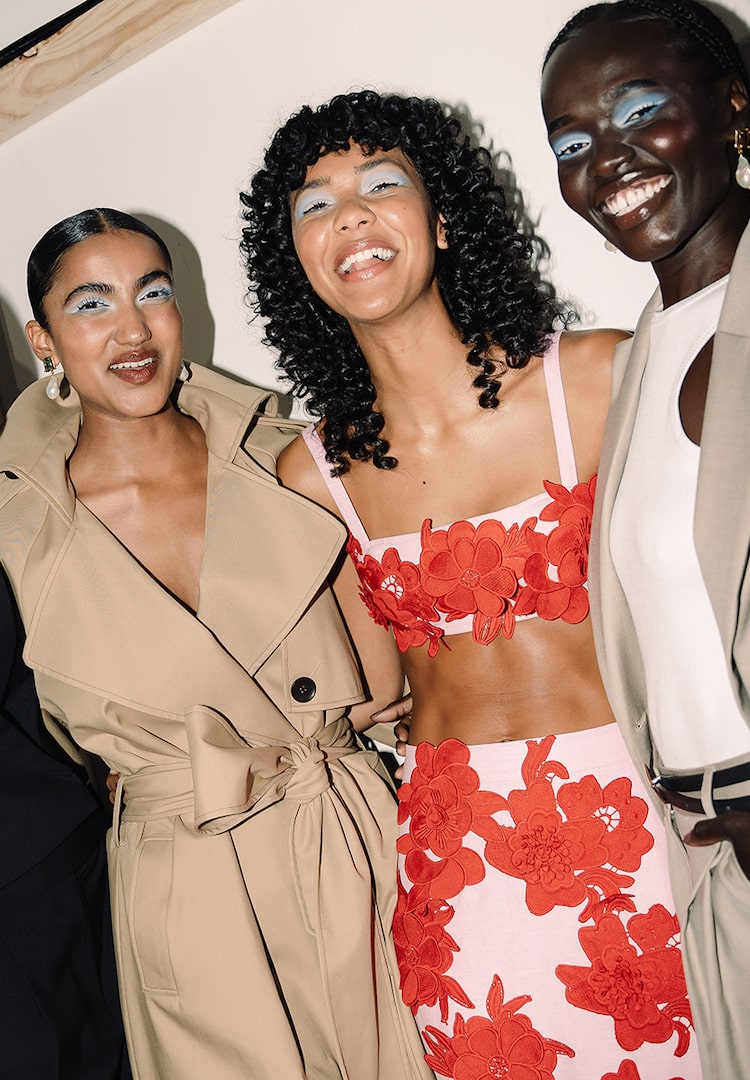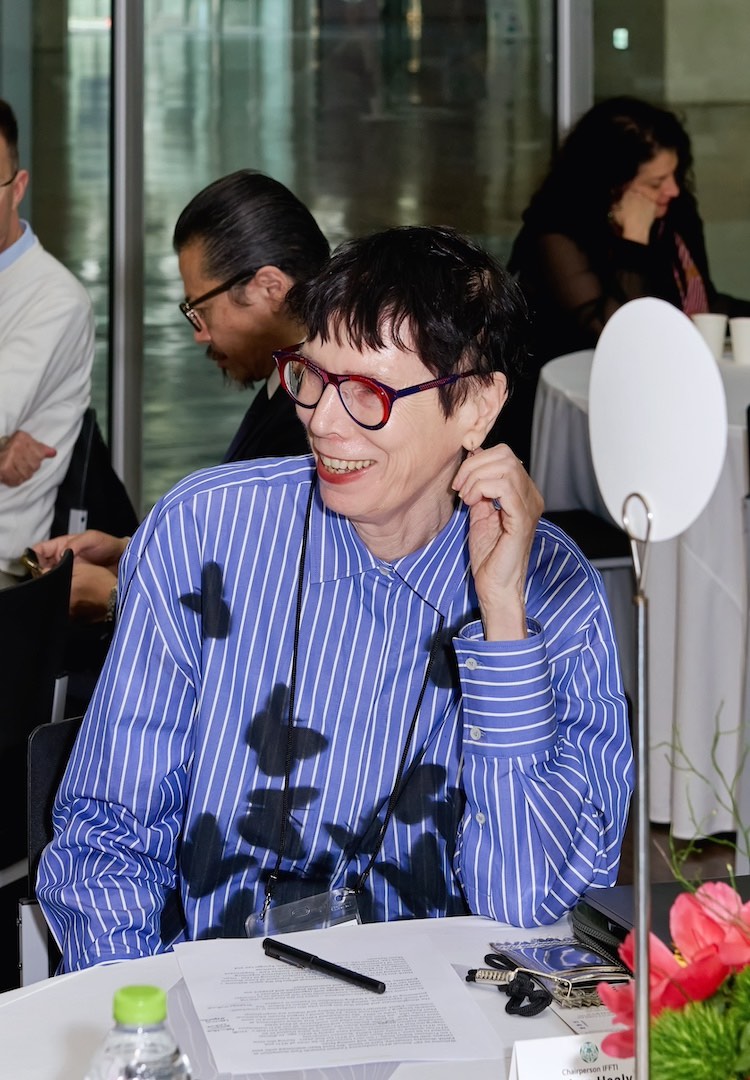The pandemic might be beneficial for Australian fashion according to this emerging designer

PHOTOGRAPHER – KAITLYN BOSNJAK
PHOTOGRAPHER’S ASSISTANT – GEORGIA DUNCAN
WORDS BY ELIZA SHOLLY
IN PARTNERSHIP WITH ECCO SHOES
Three fashion students forecast the future of their industry and the importance of innovation.
Sometimes it takes a pandemic to encourage extreme innovation. As COVID-19 has enveloped our lives over the past few months, weeks and days, plenty has changed. Everything from our toilet paper consumption to the way we dress has begun to inform what the world may look like at the end of this.
It’s no secret that the future of design requires radical thinking. Special attention must be paid to mindfulness at every stage, with considerations paid to quality materials, ethical production, longevity, durability and wearability. It calls for a merging of timelessness and innovation, paired with new ideas and of course, fresh talent. These are the principles that govern ECCO shoes, a heritage brand known for creating high quality footwear.
Universities are a great place to start when considering the future of any industry. Within fashion, the unbridled creativity and macro thinking of students can grant insight into what the future of our clothing may hold. As in-person classes have been cancelled, workshops vacated and students forced to sew from home, many have wondered what the future may hold for a subject so tactile and tangible.
Across this new series, we meet Eve Gibney, Samantha Klein and Andriana Fu – two current fashion students and a recent graduate who have been forced to pivot and innovate through their designs. In collaboration with ECCO, we asked them to integrate their own designs with their post-pandemic personal style. Here is how they’re processing their lives now, intertwined with some other rather insightful musings.
Introducing Eve
How often do you consider the gendered, submissive tropes surrounding craft and the ideal domestic identity? Eve Gibney does it a lot. Her collection explores the relationship between domesticity and craft, encouraging the audience to uncover her textile experiments, and realise not everything is always as it seems. Through her relationship to colour, texture and pattern, a nostalgic familiarity merges timelessness and innovation. Here she styles Ecco shoes alongside a selection of her own designs.
How would you describe your design aesthetic?
I think it definitely fluctuates between minimal and placing emphasis on structural garments. My work has an eclectic mix of things that feel quite nostalgic, but can also be interpreted within a high fashion context. It’s an exploration of domesticity and craft, using traditional techniques incorporated into contemporary silhouettes.
How do you try and integrate innovation?
A lot of the work I do weaves more classic craft-style textiles into the contemporary sphere. I take a lot of old-school practices and subvert them into something that is more recognisable or current. I use a lot of contemporary methods of textile-making to bring it into a more innovative space. A lot of the innovation I try and achieve looks at creating longevity through the process of slower production, that allows for more considered design.
How did you approach the styling in this shoot?
Today I am wearing a combination of pieces that were created during my undergraduate degree. I created a lot of simple silhouettes, so it’s about trying to bring it into a space that felt comfortable within my own parameters. I often design pieces that are a little more subdued than my everyday style, so it was a bit more relaxed in terms of trying to make it more wearable for a consumer market.
So you don’t think you design for yourself?
Because of the textiles I’ve used, the aesthetic leans more towards the day-to-day. My style is a little bit louder – bright colours, patterns. It’s definitely something that’s been developed over time, but I kind of go in-between. One day I might wear an entirely beige look, and the next it might be a clash of things put together.
How do you seek inspiration? Do you do any trend forecasting to ensure you’re being innovative?
Thanks to COVID, I have been trying to seek inspiration from the things that are directly around me. I used to consistently source inspiration externally and hope for a grand idea, but now it’s about trying to cultivate stimulation from somewhere as simple as inside my own house. It used to come from architectural elements and soundscapes. I really like to look at how design and sound movements intertwine, and try to cultivate inspiration like that.
I used to really hone in on music when I was designing, there would be a soundtrack or song that I would sit down and consistently listen to. It’s not so much like that anymore, as I’ve tried to concentrate on sitting in silence and focusing on my thoughts. I definitely found in the last year – especially because of the trajectory of 2020 – my design approach and how I seek inspiration is really different. Now it’s more about looking at my direct surroundings.
Have you struggled finding motivation?
I definitely think that getting used to it and figuring out the new normal was stressful in the beginning. But it’s almost been beneficial, because we’ve been forced to innovate in the ways that we find inspiration, and the ways we find things to produce with. The on-hand materials that I’ve been forced to work with are so different to the ones I would have access to if the year had gone to plan. It’s definitely been a struggle, but something I have been able to manipulate to my benefit.
Do you think the pandemic has really shown who was in it for the right reasons?
I think it has highlighted the divide between people who are just doing it for the money or glory, rather than those who are truly in it for the craft. Designing has been something I have used to get through the isolation period and maintain some type of mental sanity, just because it’s something practical to focus on.
It has also really informed the work that I’m producing. I was already looking at the idea of preservation, and being able to place such a focus on slowing down and taking the time to do the work has been important.
Do you think it has changed how you foresee your future as a designer?
I think the uncertainty has definitely changed how we saw our future as designers. As a collective, everybody likes to plan it out. This whole year has made the focus solely on the craft and not what’s going to happen with it. You’ve just got to take that and run.

